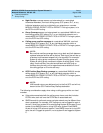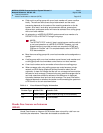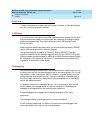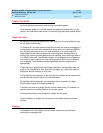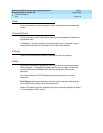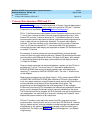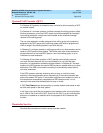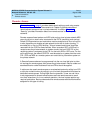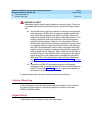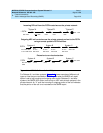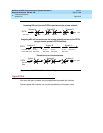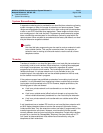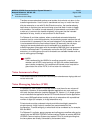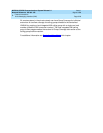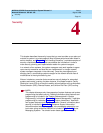
MERLIN LEGEND Communications System Release 6.1
Network Reference
555-661-150
Issue 1
August 1998
Feature Interactions
Page 3-22Service Observing
3
SECURITYlALERT:
!
Networked systems require special attention to security issues. Follow the
rules below when setting up and planning your system for private network
use.
■
Ensure that barrier codes are required for incoming remote access
calls received on PSTN dial-plan routed and tandem facilities that
route to the Remote Access code (889, for example). When you
program the default COR, turn the barrier code requirement on. This
setting is ignored for ARS calls and calls to non-local extensions
across the private network. However, it is still applied to DID and
PRI dial-plan routed remote access calls as well as to calls received
on a tandem trunk and routed to a Remote Access code. Because
the COR Calling Restriction must be set to unrestricted for private
network calling, using barrier codes on these facilities is essential in
order to apply security measures. When a Remote Access code is
included in the non-local dial plan of the calling system, the caller’s
barrier code FRL on the called system is compared to the UDP or
ARS route FRL on the called system. See the
Feature Reference
and “Remote Access Default Class-of-Restriction Settings” on page
6 for details.
■
Extension and ARS FRLs should be carefully and stringently
assigned in order to prevent unauthorized trunk-to-trunk transfers to
local PSTN facilities. Table 4–1, page 4-3
explains the operation of
this feature in a networked system.
A remote access caller can call a number in the non-local dial plan.
Service Observing 3
Service Observing cannot be used across networked switches. All members of
the Service Observing group including the observer must be on the same
MERLIN LEGEND system.
Signal/Notify 3
These features do not function across a private network.



